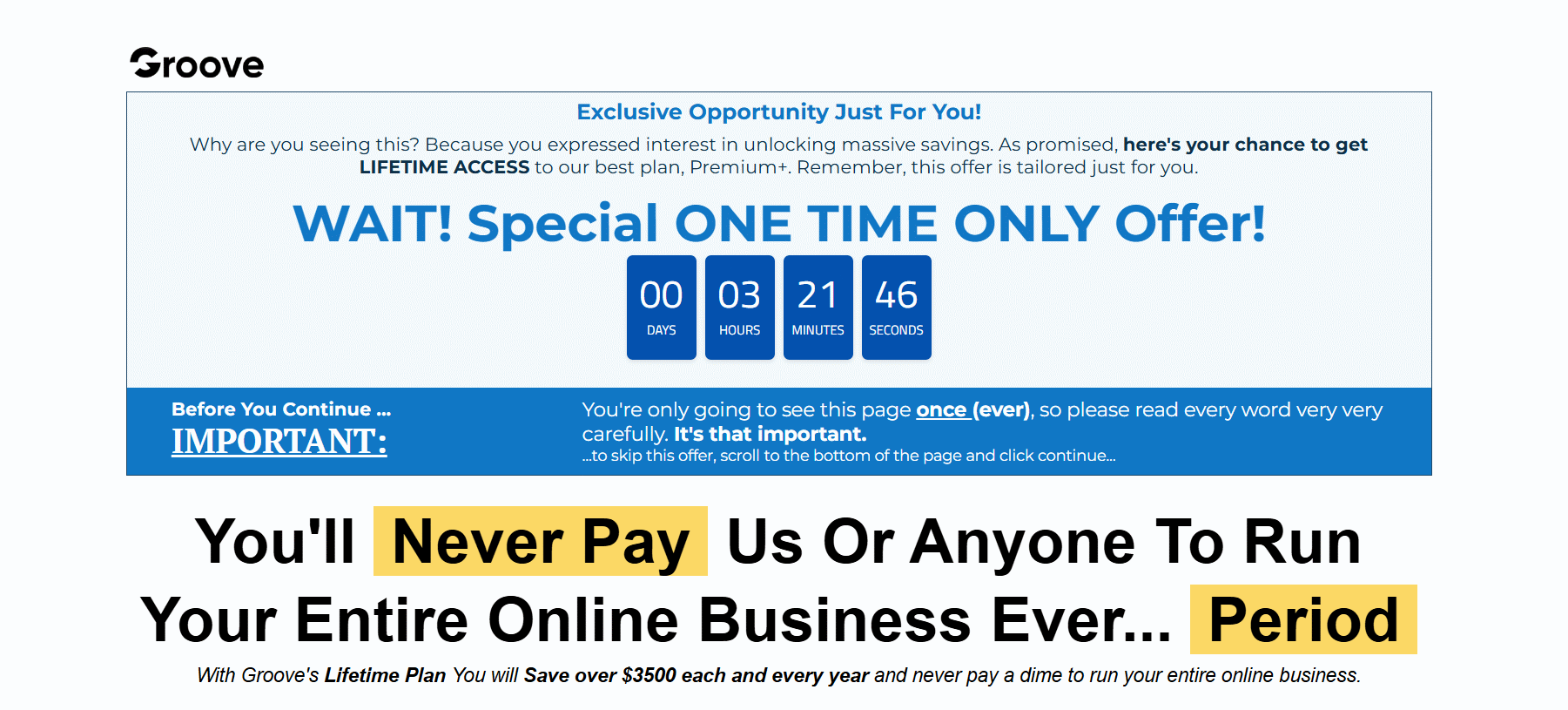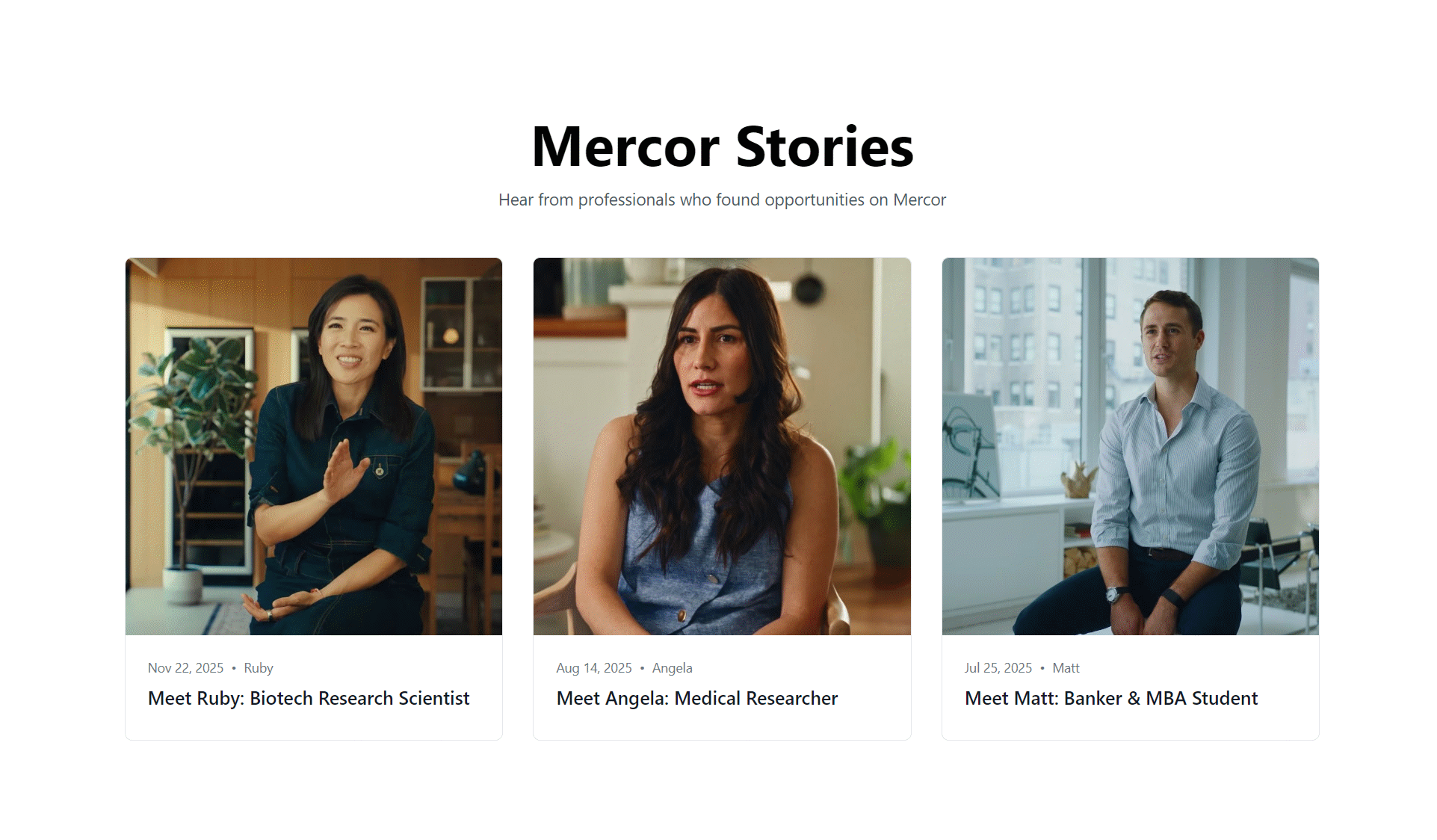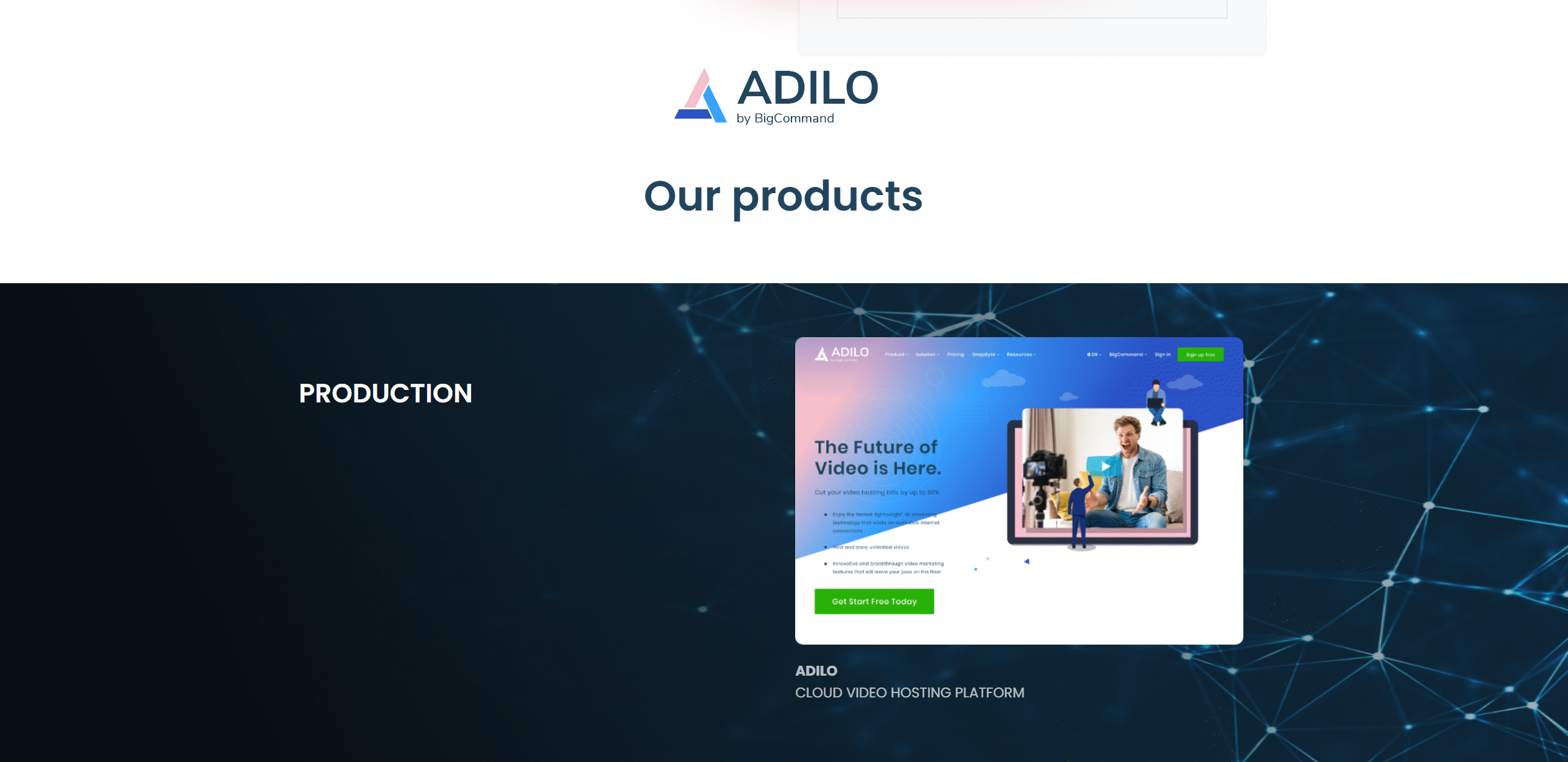A few years ago, feeding the Facebook algorithm felt like tossing breadcrumbs to pigeons—easy, mindless, and occasionally messy. These days? It’s more like attending a picky potluck where the host, Meta’s ever-hungrier AI, won’t just accept any old casserole. As someone who tried (and failed, repeatedly) to trick the system with quick-fix AI prompts and now obsesses over emotional ad copy and compliance rules, let’s take a wild, slightly personal ride through what it actually takes to win at Facebook ads in 2025.
Section 1: The Art of Feeding a Hungry Algorithm (Without Losing Your Mind)
If you’ve ever wondered what it takes to please the Facebook ads algorithm in 2025, here’s the secret: you have to feed it—and not just with scraps. The Meta algorithm ad creation process has evolved into a full-blown feast, demanding both volume and quality in equal measure. As one expert put it,
"The meta algorithm has actually gotten pretty sophisticated. It's actually smarter than most of us combined when it comes to finding people who will buy your stuff."
Why Volume Alone Isn’t Enough
Back in the day, Facebook ad strategies were simple. You could launch two or three solid ads and ride the wave for months. Those days are long gone. In 2025, the Meta algorithm expects a buffet: 20–40 unique ads in rotation is now the best practice. But here’s where most marketers trip up—they confuse quantity with quality. It’s not about flooding the system with endless clones from AI prompt generators. The algorithm is hungry, but it’s also picky. It wants authentic, varied inputs that actually resonate with different audiences.
Ad Volume vs Ad Quality: The 2025 Debate
The heart of AI-powered advertising today is the balance between ad volume and ad quality. Meta’s AI is sophisticated enough to analyze dozens of creatives at once, matching the right message to the right person at the right time. But if you’re just churning out generic, lookalike ads, you’re not really feeding the algorithm—you’re starving it of real options.
Volume: 20–40 unique ads per campaign is now the norm.
Quality: Each ad must offer something fresh—new visuals, angles, or messaging.
Diversity: Meta favors broad targeting and creative variety, not repetitive AI clones.
Personal Story: The Chef and the Soup
Here’s a confession: after running over 100 AI prompts to generate Facebook ads, it started to feel like being a chef stuck making the same bland soup over and over. Sure, the ingredients (the prompts) changed slightly, but the end result? Nearly identical ads that failed to excite the algorithm—or the audience. The lesson? True Meta algorithm ad creation is about crafting meaningful variations, not just spinning up endless versions with a click.
In 2025, Facebook ad strategies demand a blend of scale and originality. The algorithm can only deliver results if you give it real, diverse creative options. Prompt jockeying alone, even with the latest generative AI, won’t cut it. To win, you need to think like a chef who experiments with new recipes—not just one who changes the garnish.
Section 2: The Unexpected Power of Deep Customer Understanding (Emotional Triggers Aren’t Just for Soap Operas)
In the world of Facebook marketing strategies, lazy ad copy is everywhere. You’ve seen it: “Get clearer skin.” “Lose weight fast.” “Save money now.” These surface-level claims might grab a quick glance, but they rarely spark real Facebook ad user engagement. Why? Because they miss what truly drives people to act—their hidden anxieties, hopes, and self-perceptions. The real magic happens when brands dig beneath the surface, tapping into the emotional triggers that shape every click and conversion.
From “Clearer Skin” to “I Avoid Going Out With Friends Because…”
Let’s break down how customer psychology in ads transforms a simple product pitch into something unforgettable. Imagine you’re selling skincare products. The most basic ad copy says, “Get clearer skin.” That’s level one. It’s functional, but generic. Level two goes a bit deeper: “I need better skin.” Now, you’re hinting at a personal desire. But level three is where the real connection happens: “I avoid going out with friends because I’m worried they’re looking at my skin.”
This third level is where emotional triggers advertising shines. It’s not just about what the product does—it’s about why someone cares. When an ad reflects the private struggles and hopes of its audience, it forges a bond that no generic claim can match. As one expert put it:
"When someone reads the third level and thinks like, 'that's exactly how I feel,' you'll create a much stronger connection that no generic ad can match."
Why Emotional Triggers Work (Even on Algorithms)
There’s a reason emotion-driven creative consistently outperforms in Facebook advertising. The platform’s algorithm is designed to reward content that sparks engagement—likes, shares, comments, and clicks. Ads built on authentic, human-centered storytelling don’t just resonate with people; they also get a boost from the algorithm itself. In fact, benchmarks confirm higher conversions for ads that tap into real emotions and vulnerabilities.
Lazy ad copy misses the mark by ignoring the deeper motivations behind a purchase.
Level 3 messaging (“I avoid going out with friends because…”) creates a real emotional bond and drives higher engagement.
Best results come from ads rooted in customer psychology, not just product features.
Storytelling: The Human Edge in Facebook Ad Creation
What sets winning ads apart in 2025 is their ability to sound less like a sales pitch and more like a confession or a story. This approach is nearly impossible for machines—or competitors—to replicate. Understanding why your audience cares, not just what they want, is the secret sauce. When brands get this right, they don’t just feed the algorithm—they feed real human connection, too.
Section 3: Compliance Nightmares and How to Avoid Them (A 2025 Survival Guide)
If you thought Facebook ad compliance was tricky before, 2025 has turned it into a full-blown obstacle course. The days of “publish now, fix later” are long gone. Now, Facebook ad policies 2025 demand advertisers stay on their toes, especially with stricter privacy, transparency, and creative rules—particularly for new categories like financial services, health, and AI-powered products.
Facebook Ad Policies 2025: New Rules, Higher Stakes
The latest Facebook ad compliance landscape is a moving target. In 2025, policy updates arrive fast and often, with new requirements for:
Privacy: Ads must clearly state data usage and respect user consent.
Transparency: Disclosures are mandatory for sponsored content and influencer partnerships.
Creative Restrictions: Sensitive categories (like financial services) face stricter wording, image, and targeting rules.
Failing to keep up isn’t just risky—it’s like stepping on digital landmines. Account suspensions and bans are more common than ever, especially for those who treat compliance as an afterthought.
Strategic Transition Compliance: Real-Time Tools to the Rescue
Advertisers now need to be proactive, not reactive. The smartest brands are using tools with built-in compliance intelligence to avoid costly mistakes. Platforms like Winningads.com have made strategic transition compliance a core feature. Their ad builder doesn’t just help you craft winning campaigns—it acts as a real-time compliance watchdog.
"It will actually check whether this ad is going to be compliant or not with the Facebook user service. And if not, it's going to suggest how to change that."
This means before your ad ever goes live, you get instant feedback and edit suggestions. No more guessing games or frantic rewrites after a rejection.
Automatic Checks: Your First Line of Defense
Automatic compliance checks are now essential. Here’s how they work:
As you build your ad, the system scans for policy violations in real time.
If there’s a problem, you get actionable suggestions—change a headline, swap an image, or add a disclosure.
Once your ad passes, you can publish with confidence, knowing you’re protected from sudden account bans.
This is especially crucial for advertisers in new, highly regulated categories. Facebook’s new ad categories in 2025 require stricter compliance, and these tools help you adapt instantly.
Ad Compliance: The Ultimate Game of Whack-a-Mole
Let’s be real: Facebook ad compliance in 2025 is like playing Whack-a-Mole. As soon as you master one rule, another pops up. That’s why real-time compliance tools aren’t just nice-to-have—they’re survival gear. With platforms like Winningads.com (check out their features and pricing), you’re not just chasing the algorithm—you’re feeding it safely and strategically.
Section 4: AI Tools With Soul? How Tech Actually Lets Marketers Be More Human
For years, marketers have wrestled with AI-driven ad creation tools that promise efficiency but often deliver generic, uninspired content. The result? A sea of sameness, where every brand sounds suspiciously like every other. But in 2025, a new breed of AI-generated content for Facebook is changing the game—by making ads more human, not less.
Beyond Copy-Paste: Custom AI That Knows Your Brand
Unlike traditional tools such as ChatGPT or Claude, which tend to churn out templated responses, platforms like Winningads.com dig deep for relevance. Instead of just scraping a homepage, these AI-driven ad creation tools scan every page of a brand’s website—product listings, testimonials, customer stories, and even nuanced branding details.
This comprehensive business analysis is paired with a sharp focus on audience psychology. The AI asks: Who actually spends $300 on a dog bed? What emotional triggers drive their decisions? What objections might they have about price or value? By answering these questions, the tool crafts messaging that resonates on a personal level, not just a demographic one.
Real-Time Facebook Ad Intelligence: Always Up-To-Date
What sets these personalized advertising solutions apart is their integration of real-time Facebook ad intelligence. The platform constantly monitors which ad styles, hooks, and formats are currently being rewarded by the algorithm. This means every campaign is benchmarked against live trends, not last month’s best guesses.
One-click competitor ad analysis tools let marketers instantly see what’s working for rivals, providing both inspiration and a fast track to adaptation.
AI-generated content for Facebook is now tested and optimized before it ever goes live, reducing wasted spend and increasing ROI.
"This is all based on true real intelligence, creating what's going to work best for your business."
AI as Chef—and Restaurant Critic
Think of today’s AI as both the chef and the restaurant critic. It prepares a variety of ad “dishes” using your brand’s unique ingredients, then taste-tests each one against real-world data and current trends. If you like an ad but want to tweak it—say, add a dog to the bed in the image—you can do it instantly, and publish with a single click.
The result? AI-powered advertising that feels bespoke, not boilerplate. With over 10,000 advertisers served and $10+ million in ad spend analyzed, Winningads.com exemplifies how AI tools with soul can make marketers more human. The best AI isn’t just a copy machine—it’s a partner in creativity, blending human insights with exhaustive analytics and up-to-the-minute platform intelligence.
Deep business analysis for tailored messaging
Competitor ad analysis tools for fast adaptation
Personalized advertising solutions that evolve in real time
Section 5: From Creative Obsession to Systematic Success (What Marketers Need to Do Now)
The Facebook ads landscape in 2025 is a far cry from the “set it and forget it” days. Today, creative obsession alone isn’t enough—systematic success comes from building habits of constant evolution. Marketers who once relied on a single winning ad or a clever hack are now facing a new reality: Facebook ad creative fatigue is a silent campaign killer, and the algorithm is hungrier than ever for fresh, relevant content.
What does this mean for brands and agencies? It means the days of launching a campaign and letting it run for months are over. Regular creative refreshes are now essential to keep your results above the latest Facebook ads benchmarks. The algorithm rewards marketers who experiment, analyze, and adapt ruthlessly. As the author of this piece—someone who has spent over $10 million on Facebook ads and worked with more than 10,000 advertisers worldwide—puts it:
"The game has changed and you can either adapt or you can get left behind."
So, what’s the new playbook for marketing strategy implementation and Facebook ad campaign optimization? It starts with embracing a systematic approach. Brief your AI tools with clear objectives and creative guidelines. Study your competitors and learn from their wins and losses. Watch for emerging trends in your industry and update your campaigns constantly. The most successful marketers in 2025 are those who treat their ad accounts like living organisms—always evolving, always learning.
If you’re still spending hours manually creating ads or feeling frustrated with generic AI tools that don’t deliver, it’s time to try something new. The author shares a personal anecdote: after a world tour and millions spent on ads, the real growth came from ads that adapted with the times—not from clinging to old tricks. What worked in 2020 (or even 2022) probably doesn’t work now unless you’ve built a habit of evolution.
This is where early adoption of new solutions, like the early bird offer at Winningads.com, can make all the difference. These AI-powered tools are getting smarter every day, with more data points and deeper industry knowledge baked in. Early action secures a big head start, giving first movers a real edge in the race for attention and conversions.
In the end, Facebook ad campaign optimization in 2025 is less about chasing hacks and more about building robust, repeatable processes. The algorithm is always hungry, but it rewards those who feed it with fresh, relevant, and well-optimized creative. Marketers who embrace this mindset—who collaborate with AI, analyze relentlessly, and adapt without fear—will be the ones who thrive as the Facebook ads landscape continues to evolve.



